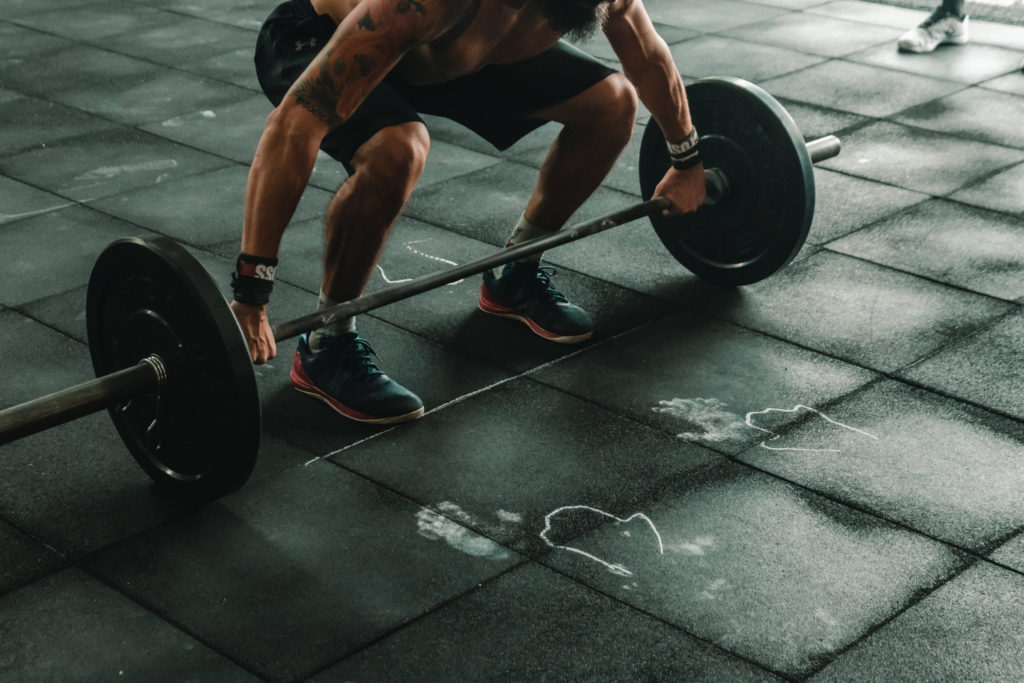
Compound Exercises
Compound exercises involve multi-joint movements that work several muscles at a once. These exercises tend to simulate the functional movements of everyday life, similar to the ways that people naturally lift, push or pull objects. The muscles work in unison and help stabilize the body to complete the task. For example, the squat exercise involves the quadriceps, hamstrings, calves, lower back and core. These exercises are usually incorporated with a full body workout routine and are the most efficient and functional exercises for most individuals.
Improve balance and coordination.
Increase overall strength.
Simulate everyday movements, like lifting boxes and moving furniture.
Work multiple muscle groups at once, saving time in the gym.
Require more strength and energy, which burns more calories.
Help develop the body’s core.
Release beneficial hormones that stimulate muscle growth.
Examples
Bench press
Squat
Pushup
Pull-up
Lunges
Shoulder press
Deadlift
Dips
Isolation exercises work only one muscle or joint at a time. These exercises do not feel as natural as compound exercises and are often used with machines instead of free weights. For example, the leg extension isolates, which isolates the quadriceps, or the bicep curl, which isolates the biceps. These exercises are usually incorporated with a split workout routine and are advantageous for individuals seeking to isolate a specific muscle to improve definition and symmetry.
Isolation Exercises
Increase definition.
Increase individual muscle size and strength.
Improve muscular symmetry.
Useful for rehabilitating an injury.
Less stress on joints.
Examples
Bicep curls
Chest fly’s
Calf raises
Tricep extension
Lateral raises